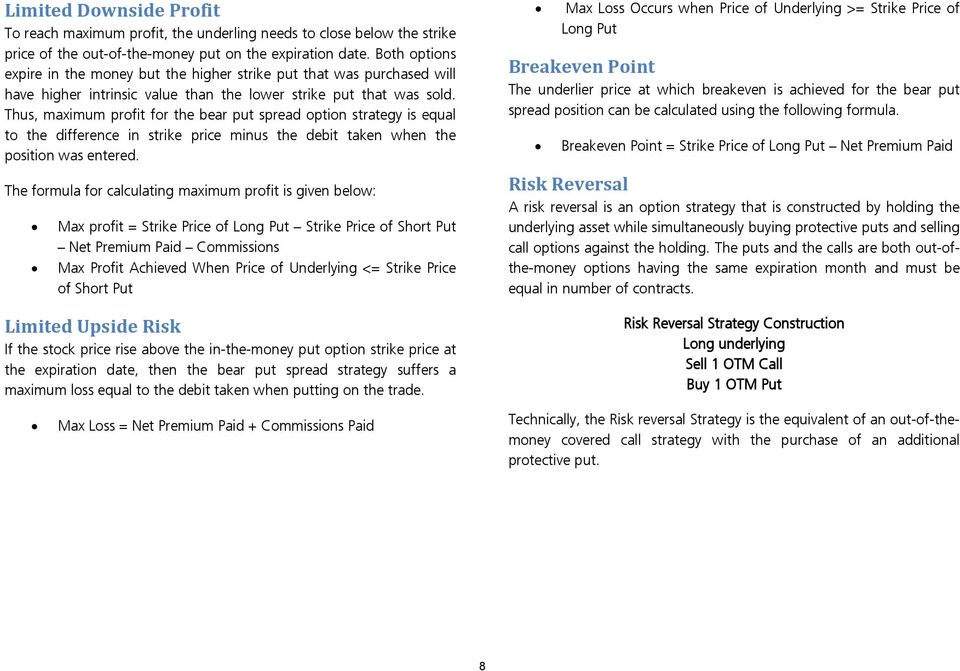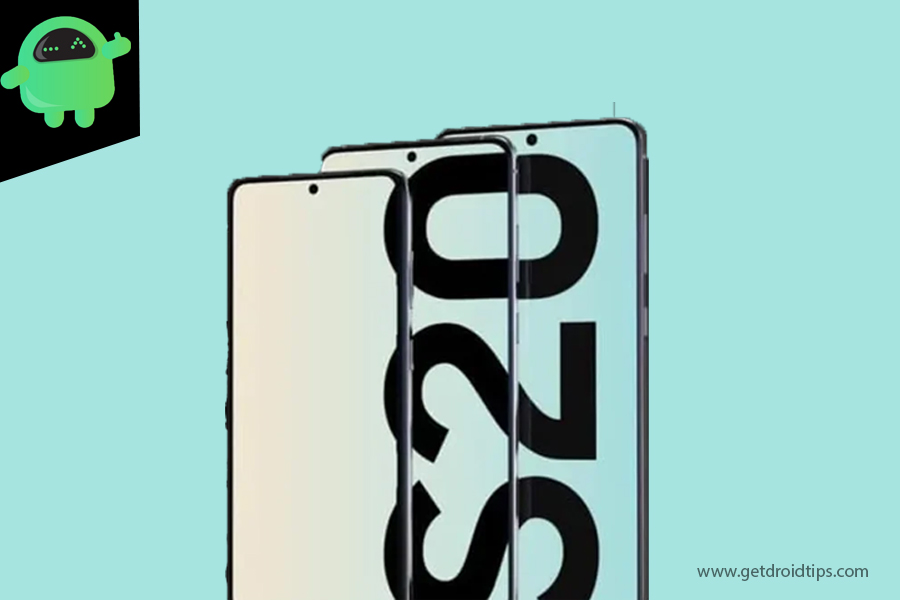
When companies base their prices on their competitors’ prices, they risk leaving potential revenue and profit on the table. A lack of price intelligence and qualitative research means some businesses may over or under-price their products. A superior quality product marketed well can command a higher price, regardless of how competitors price their products.
How the Google Pixel Fold compares to the most affordable foldable – Android Police
How the Google Pixel Fold compares to the most affordable foldable.
Posted: Sat, 05 Aug 2023 11:42:00 GMT [source]
Competitive pricing is the process of selecting strategic price points to best take advantage of a product or service based market relative to competition. This pricing method is used more often by businesses selling similar products since services can vary from business to business, while the attributes of a product remain similar. It’s easy to see how a price matching or loss leader pricing strategy can lead to slimmer margins. In these situations, companies risk a race to the bottom; eventually, the selling price fails to cover the cost of production, and customer expectations are dragged down so low that it’s not viable for businesses to operate.
Zendesk, Help Scout, Fresh Desk, Salesforce, and dozens of other competitors are all drastically different and geared towards different customer personas. As such, Help Scout shouldn’t peg their prices with Zendesk and vice versa. Of course, the two should keep an eye on one another, but only to guide their market strategies. Creating a pricing map will help you understand what all of your different competitors are doing individually, but it’s also important to look at all of this pricing data in aggregate as well.
Top Features
It often uses sophisticated algorithms to price goods or services higher during peak periods and lower during troughs. If you’ve ever summoned a ride on a Friday night in a major metropolitan area, you’ve seen demand pricing in action. Competitive pricing simply dictates that you price your goods or services close or equal to what your peers charge.

Competitive pricing consists of setting the price at the same level as one’s competitors. This method relies on the idea that competitors have already thoroughly worked on their pricing. In any market, many firms sell the same or very similar products, and according to classical economics, the price for these products should, in theory, already be at an equilibrium (or at least at a local equilibrium). Therefore, by setting the same price as its competitors, a newly-launched firm can avoid the trial and error costs of the price-setting process. Considering this, the main limit of the competitive pricing method is that it fails to account for the differences in costs (production, purchasing, sales force, etc.) of individual companies.
What is a competitive pricing analysis?
Competitive pricing is the process of benchmarking the price a competitor is selling comparable products for. Your competitive analysis should examine the entire value proposition of your competitor’s products so you can understand whether or not you’re actually competing on price alone. Remember direct competitors are those who operate specifically in your market, indirect competitors might not operate directly in your market, competitive price meaning but their products and services can compete with you. Keeping pace with your competitors means you maintain your price position in comparison to them. Alternatively, if your competitors change their prices, you can use this as an opportunity to get a strategic price advantage over them in the short term. A simple way to get a better understanding of where to set your prices is to use your competitors’ pricing over time.

You only need to put in a simple term into google shopping like “Samsung TV”, to see this in practice. For this search term, nearly every result displays a hyperlink saying “Compare prices from 10+ shops”. In this case, Fitbit is able to charge considerably more because they are an established brand. Thanks to powerful branding, consumers are willing to pay much more than they would for a competitor brand.
Solutions for Market Research
Seeing how your competitors are setting their prices can help you to gather more knowledge about the specifics of the market and accelerate your growth. Companies use captive pricing to sell a core product and then sell branded or licensed accessories to increase revenue. Users may not want to trust the well-being of their mobile phone to charging apparatuses the manufacturer doesn’t endorse. In some instances, a non-licensed product may fail to function properly. And manufacturer warranty programs may not cover damage from non-licensed products. Thus, the manufacturer steers buyers toward licensed, compatible ancillary items at premium prices.
- It also encourages companies to focus on short-term gains rather than long-term sustainability.
- Basing your pricing on their pricing could be seen as confirming both their price and their leadership in the market.
- Innovative businesses inform competitor pricing with dynamic tools like Flintfox’s pricing engine.
- There are several reasons why companies use competitive pricing as a marketing strategy.
- A market leader will generally set the price for the product and other vendors will usually have no option but to follow suit in order to remain competitive.
Likewise, a competitive pricing strategy wouldn’t suit businesses with a very unique product or service that allows them to dictate the price. Implementing a successful competitive pricing strategy means you must have a streamlined way to gather and analyze data from your competition and your niche market—as well implement changes on the fly. Competitor-based pricing is often used in markets where numerous companies sell similar products or services, like retail and e-commerce. In environments with minimal product variation and many options available, brands may rely on a competitor-based pricing strategy to determine their optimal pricing positions. This can be especially useful for startups entering a new market without historical pricing data and those that need a fast route to market.
Competitive Pricing Strategy: Benefits and Disadvantages
If you’re a small manufacturer, competitive pricing can be perilous if you disregard production costs. But you may not have the resources to sustain those prices if your profit margins are too slim. An unyielding commitment to competition-based models could drain available capital and trigger adverse financial outcomes.
Steel Tariffs And Jobs: You Have To Look At The Whole Supply Chain – Forbes
Steel Tariffs And Jobs: You Have To Look At The Whole Supply Chain.
Posted: Wed, 09 Aug 2023 11:00:00 GMT [source]
Your competitor pricing analysis, therefore, must take into account every sales channel your competition is using. But the only way to do this is to carry out an analysis of your competitors’ pricing regularly. But one common pricing policy used by businesses across all sectors is to use competitive pricing. Competitive Based Pricing relies on researching your competitors and their offerings in order to factor those price points into your own consideration. One approach to collating this data is to chart the prices against each other in order to decide where you should be placed.
If you’re benchmarking against the average price, we would expect to see the tallest bars between -5 to +5. If you’re benchmarking against the highest average price, we would expect to see the tallest bars between +10 to +20. For products that are way out, e.g. -85 or +95, these products are massively out of whack with the market, and should be looked at immediately. In the retail industry, there are millions of customers and millions of sales that take place every day. Therefore, assuming that most retail players on the market are using the competitive pricing method, the entire market can reach a stabilized equilibrium price.
However, competitive pricing requires a lot of analysis and research to do effectively. To know more, you can head over to our pricing strategy guide where we took an in-depth explanation approach. However you want to position yourself in the marketplace, it’s impossible to do this properly unless you know what the competition is doing. Yet, all successful businesses have a strategy, and every organization needs one. In this blog post, we’re going to answer the question “what is strategy?

Even if a company can offer slightly lower prices than its competitors, this can still lead to revenue growth because the company will be able to sell more products or services at these lower prices. One of the main benefits of competitive pricing is that it can help to attract new customers. If customers see that a business offers lower prices than its competitors, they are more likely to give that business a try. Competitive pricing is the process of selling your products or services at the same or a lower price than your competitors. Businesses can also practice competitive pricing by offering more attractive payment terms than their competition. This chart looks at all of your current prices, and calculates the average price difference to the market each and every day.
Competitive pricing can be cost-effective and easy to implement, especially for small businesses that don’t have the resources to perform extensive market analyses. By pricing products the same as larger entities, you’re benefiting from the competitive intelligence gathered and market research performed by industry leaders. In this example, companies A, B, and C have used competitor-based pricing as a part of their business strategy and gained and lost revenue alongside one another. Company D went with a more well-rounded approach and, while starting lower, grew more effectively over time. Simply copying your market’s prices could lead to lost profits if you sell your product short. The goal of your business should be to maximize revenue and profits, even if it does take a little bit of extra work on the pricing front.
- Repeat this process every quarter to see whether your products are overpriced or too cheap.
- Your pricing strategy should always take a long-term approach to your pricing, but too often pricing strategies are replaced with short-term tactical decisions that can damage your market share.
- Unlike cost-plus pricing, a competitive pricing model doesn’t look internally at production costs; instead, it looks outward at competitor prices and consumer demand to determine the optimal final price.
- This pricing strategy is very effective when you have additional items that add functionality or extend the life of the core product.
As previously mentioned, competitive pricing consists of using competitors’ prices to set one’s own. According to a company’s objectives in terms of brand, penetration tactics or market aggressiveness, the exact price level can somewhat vary. For example, if a firm wants to gain market share, then its objective is to have one of the lowest prices on the market. On the contrary, if a firm wants to create a successful brand image, it would be more effective to sell higher-priced products In order to communicate a signal of quality to its consumers. A competitor-based pricing strategy isn’t a viable choice for every type of business. For example, a company that dominates a market with very little competition would be better off using other pricing strategies like value-based pricing.

Leave a Reply
Want to join the discussion?Feel free to contribute!